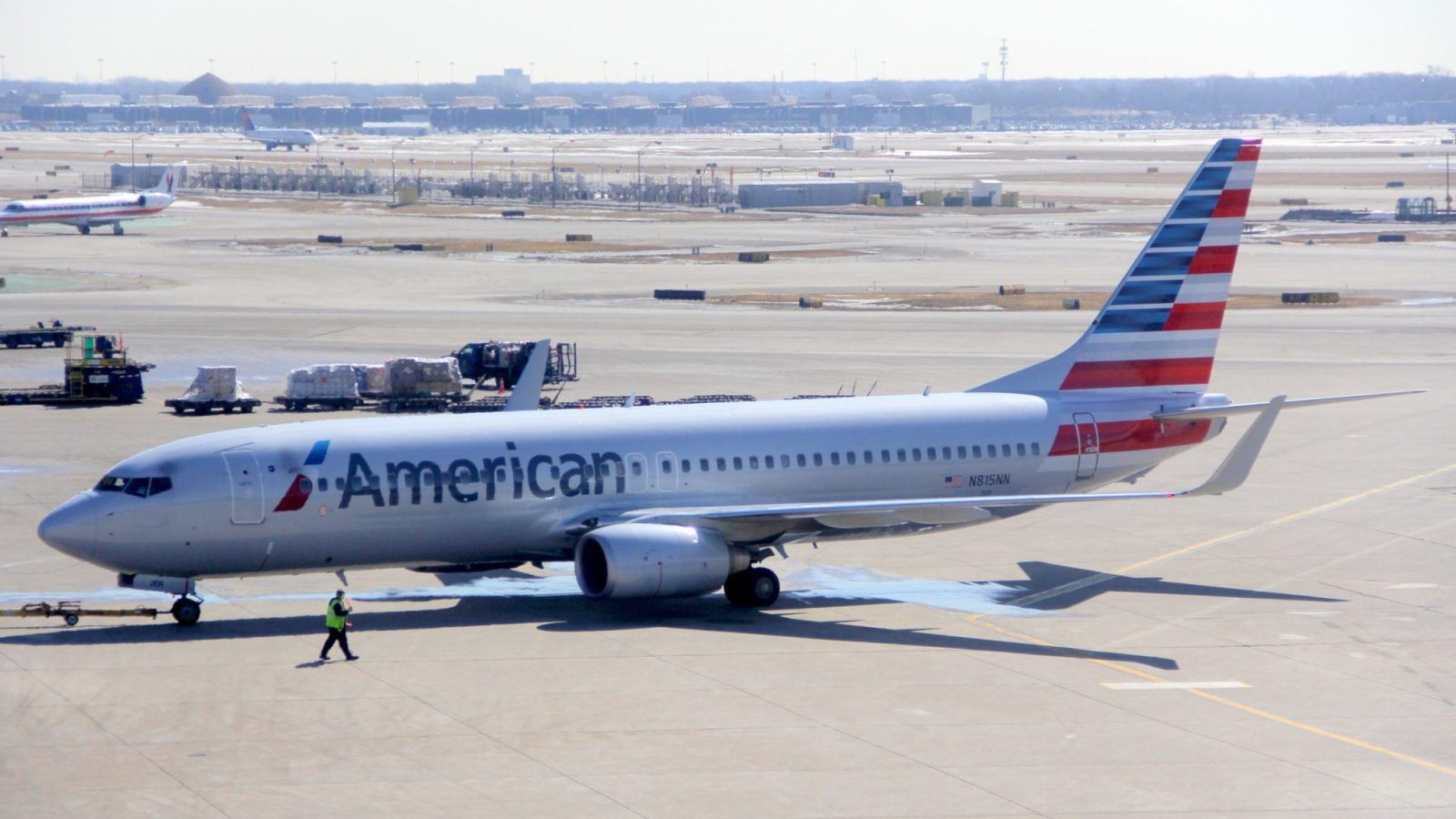A near mid-air collision between an American Airlines 737 and a Cessna 182 has prompted a Federal Aviation Administration (FAA) investigation.
According to CBS News, the American flight was on approach from Chicago to land in Austin, Texas, where it came within 350 feet of the Cessna.
An American Airlines 737 and a Cessna 182 came within about 350 feet of each other in mid-air near the airport in Austin, Texas. https://t.co/7VZgdGTItl
— CBS Mornings (@CBSMornings) October 18, 2024
“Did you ever see him the second time around?” an air traffic controller asked the pilots of the American flight, according to CBS News.
“We saw him when he flashed us and flew right into us,” one of the pilots reportedly said.
WATCH:
The crew of an American Airlines 737 responded to a TCAS alert after a Cessna 182 turned directly into the American flight’s approach path to Austin on 16 Oct. The two aircraft were only separated by 400 feet as the 737 passed almost directly over the Cessna. Watch and listen: pic.twitter.com/w1NMRvyJFo
— Flightradar24 (@flightradar24) October 18, 2024
Per CBS News:
The American flight was on approach from Chicago to land with 122 passengers and 6 crew on board when the two planes nearly crossed paths around 10:45 am local time. Flightradar24.com preliminary data puts the American flight about 350 feet above the Cessna 182 with them separated by less than 800 feet horizontally.
“If you want to declare a near miss let us know,” the controller told the pilots.
The FAA tells CBS News the Cessna “unexpectedly entered the flight path of American Airlines Flight 2587” prompting an alert in the Boeing cockpit and the pilots to take evasive action.
According to air traffic control audio posted by liveatc.net, the pilots of the American flight said they were responding to an “RA” or Resolution Advisory signal from the plane’s Traffic Collision Avoidance System known as TCAS. A TCAS warning is among the last lines of defense to avoid a mid-air collision. Pilots are encouraged to respond to an RA within five seconds.
NEW: The FAA is investigating a near-collision in midair between an American Airlines flight and a private plane near Austin-Bergstrom International Airport in Texas.@flightradar24 says the Boeing 737 passed only 400′ over the Cessna 182 as both planes were nose-to-nose. pic.twitter.com/ibQ9mZNrff
— Pete Muntean (@petemuntean) October 18, 2024
“The Cessna, registration N738PG, ultimately landed about 65 miles south of Austin’s airport in Gonzales, Texas,” View From The Wing noted.
The two aircraft came within approximately 400 feet of each other.https://t.co/DsJCYtmVgX
— AirlineGeeks (@AirlineGeeks) October 18, 2024
Per View From The Wing:
The Cessna, registered to an individual in Acadia, Louisiana, wasn’t on the approach frequency. They were probably flying at low altitude to avoid instrument meteorological conditions, continuing flying with visual. It appears from their flight history that they were largely just doing touch and go’s over several days.
That plane took the unexpected turn, wasn’t communicating, and air traffic control cleared that 737 knowing the Cessna was out there and that the 737 had lost visual with it. Most of the blame here is on the private pilot, but it doesn’t look like ATC distinguished themselves either. The win here is automation, the TCAS alert that flagged proximity and triggered the pilot and controller to reroute.
ADVERTISEMENT
This is a Guest Post from our friends over at 100 Percent Fed Up.



Join the conversation!
Please share your thoughts about this article below. We value your opinions, and would love to see you add to the discussion!